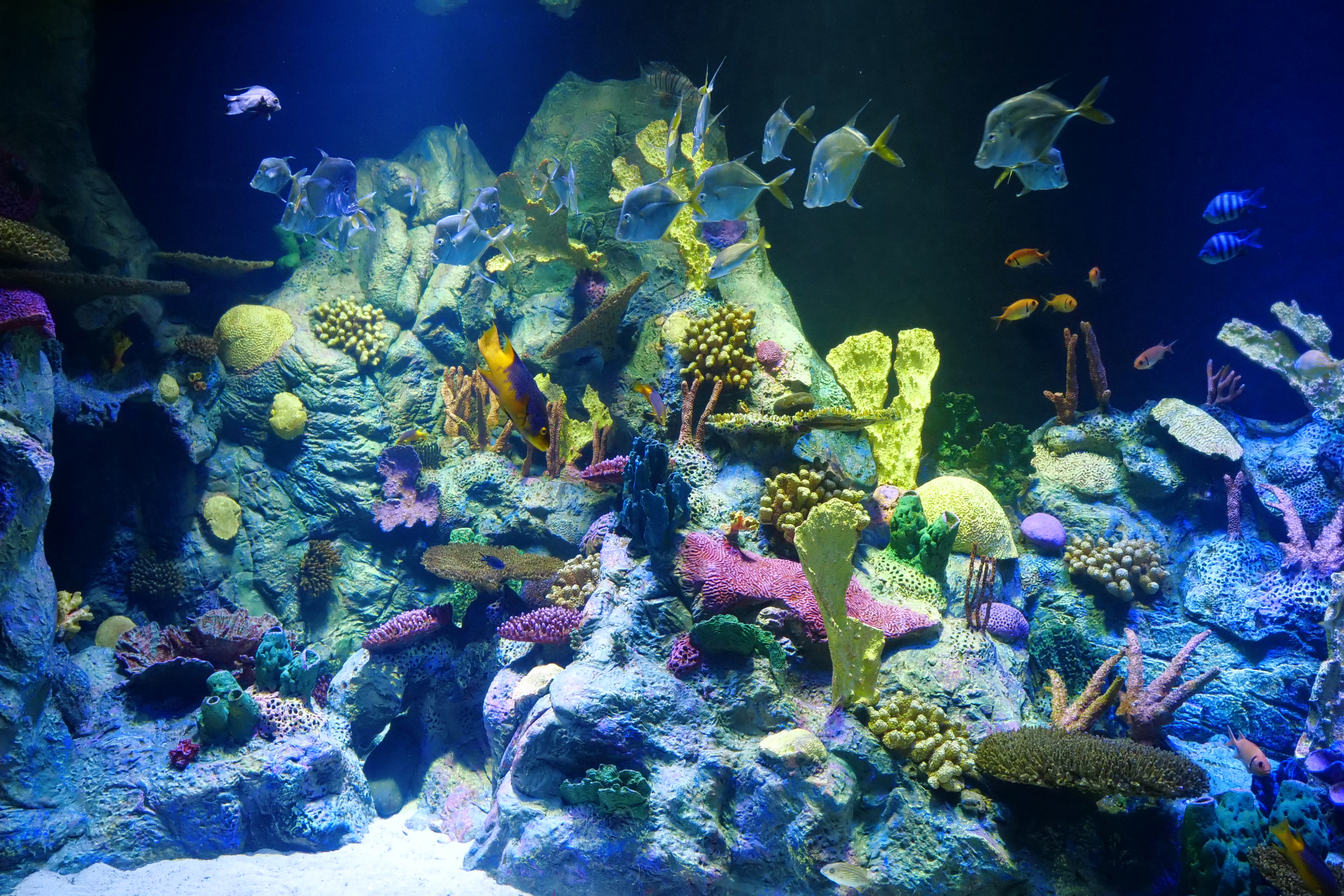
Vocabulary
I will read the words, meanings, and sample sentences. Then, repeat after me.
- overexploitation /oh-ver-ek-sploi-TEY-shuhn/
- extinct /ik-STINGKT/
- treaty /TREE-tee/
- ratify /RAT-uh-fahy/
- convene /kuhn-VEEN/
[noun] – the act of using too much of something, especially a natural resource
Overexploitation of groundwater quickly decreased the water table and runoff.
[adjective] – not now existing
A few bird species are already extinct.
[noun] – a written agreement between two or more countries, formally approved and signed by their leaders
The peace treaty will be signed by both parties, as agreed.
[verb] – (especially of governments or organizations) to make an agreement official
The climate convention has not yet been ratified by more than 60 nations.
[verb] – to bring together a group of people for a meeting, or to meet for a meeting
The committee will convene on Friday at 13:30.
Article reading
Please read the whole article. Then, I will check your pronunciation and intonation.
International leaders will gather at the UN in New York for additional discussions to protect the world’s oceans from overexploitation. Currently, two-thirds of the world’s oceans are regarded as international waters, giving all nations the freedom to fish, travel, and conduct research there. However, only 1.2% of these so-called high seas are protected. The National Oceanic and Atmospheric Administration-funded research from earlier this year estimates that 10% to 15% of marine species are already in danger of going extinct. In past discussions, the International Union for the Conservation of Nature (IUCN) stated that the “traditional fragmented nature of ocean governance” had made it impossible to effectively safeguard the high seas. A network of Marine Protected Areas would be established as a result of the accord. Before approving the continuation of commercial activities like deep-sea mining, environmental impact analyses would be conducted.
Despite ten years of discussions, the UN High Seas Treaty has not yet been ratified. If it were approved, 30% of the world’s oceans would be protected by 2030. The International Seabed Authority, which oversees these activities, had granted 31 contracts to search for minerals in the deep sea as of March 2022. However, because COVID-19 prevents governments from convening, progress has been slow. It was also delayed by disagreements about the legal treaty’s content. Countries decided in March to have a fifth and final session in an effort to sign the treaty, with a deadline set for the end of the year. An EU official told a news outlet that in the event that this does not occur, the organization will nevertheless insist on the prompt continuation of the negotiations.
Despite ten years of discussions, the UN High Seas Treaty has not yet been ratified. If it were approved, 30% of the world’s oceans would be protected by 2030. The International Seabed Authority, which oversees these activities, had granted 31 contracts to search for minerals in the deep sea as of March 2022. However, because COVID-19 prevents governments from convening, progress has been slow. It was also delayed by disagreements about the legal treaty’s content. Countries decided in March to have a fifth and final session in an effort to sign the treaty, with a deadline set for the end of the year. An EU official told a news outlet that in the event that this does not occur, the organization will nevertheless insist on the prompt continuation of the negotiations.
Discussion Questions
I will read each question. Then, please answer them.
- Are there endangered species in your country? Please tell me more about them.
- How important are marine species to your country?
- If you were one of the world’s leaders, what would you do to save your country’s marine life?
- In your opinion, is the pandemic a valid reason to delay the treaty?
- If the fifth session to sign the treaty does not succeed this year, what would be the consequences?
Summarization
Please summarize the whole article using your own words and expressions. You will have one minute to prepare before you answer.
Describe
Please explain the definition of each word listed below based on your understanding. You can provide example sentences if needed.
- regard
- fragmented
- safeguard
- commercial
- oversee